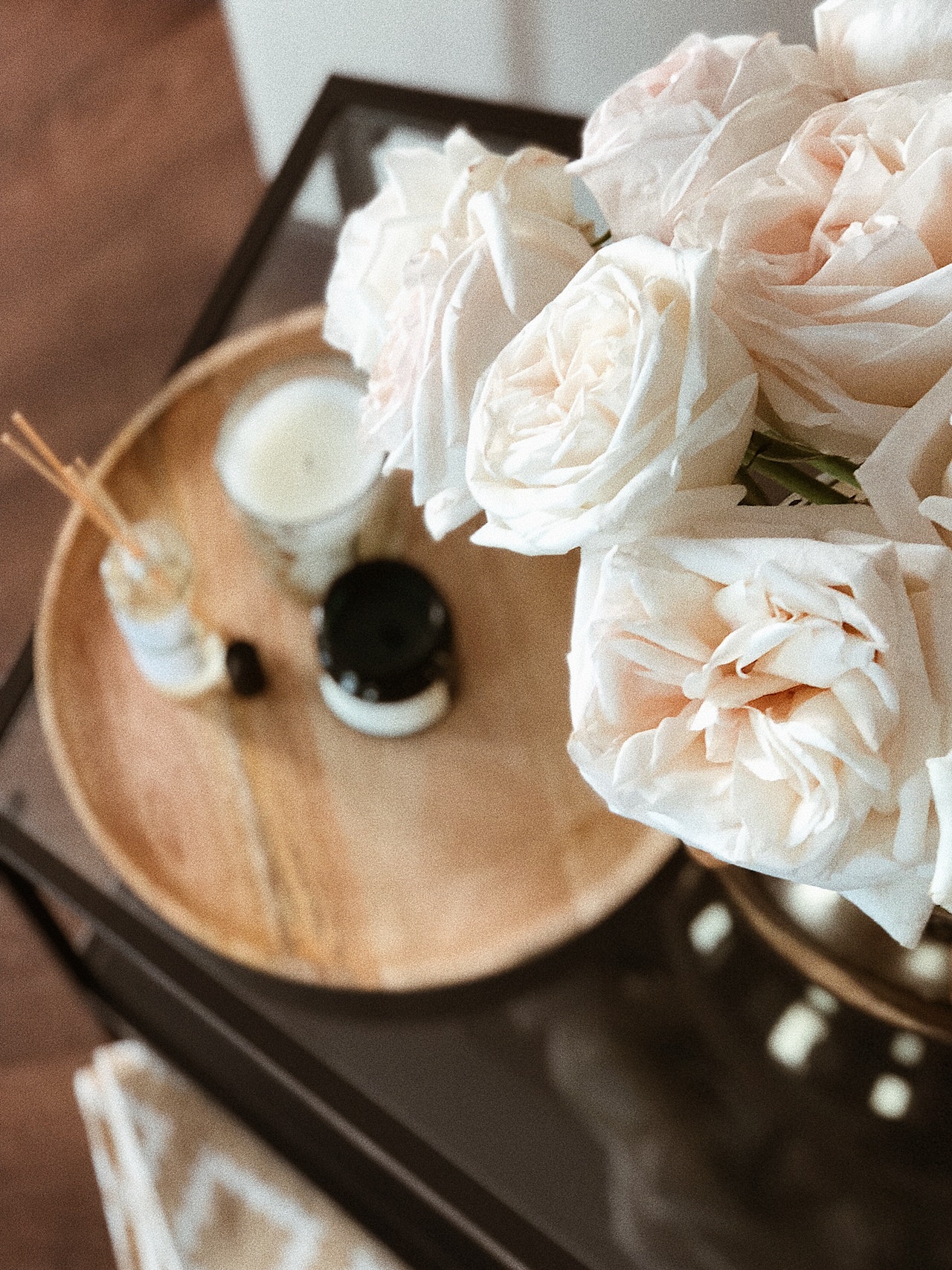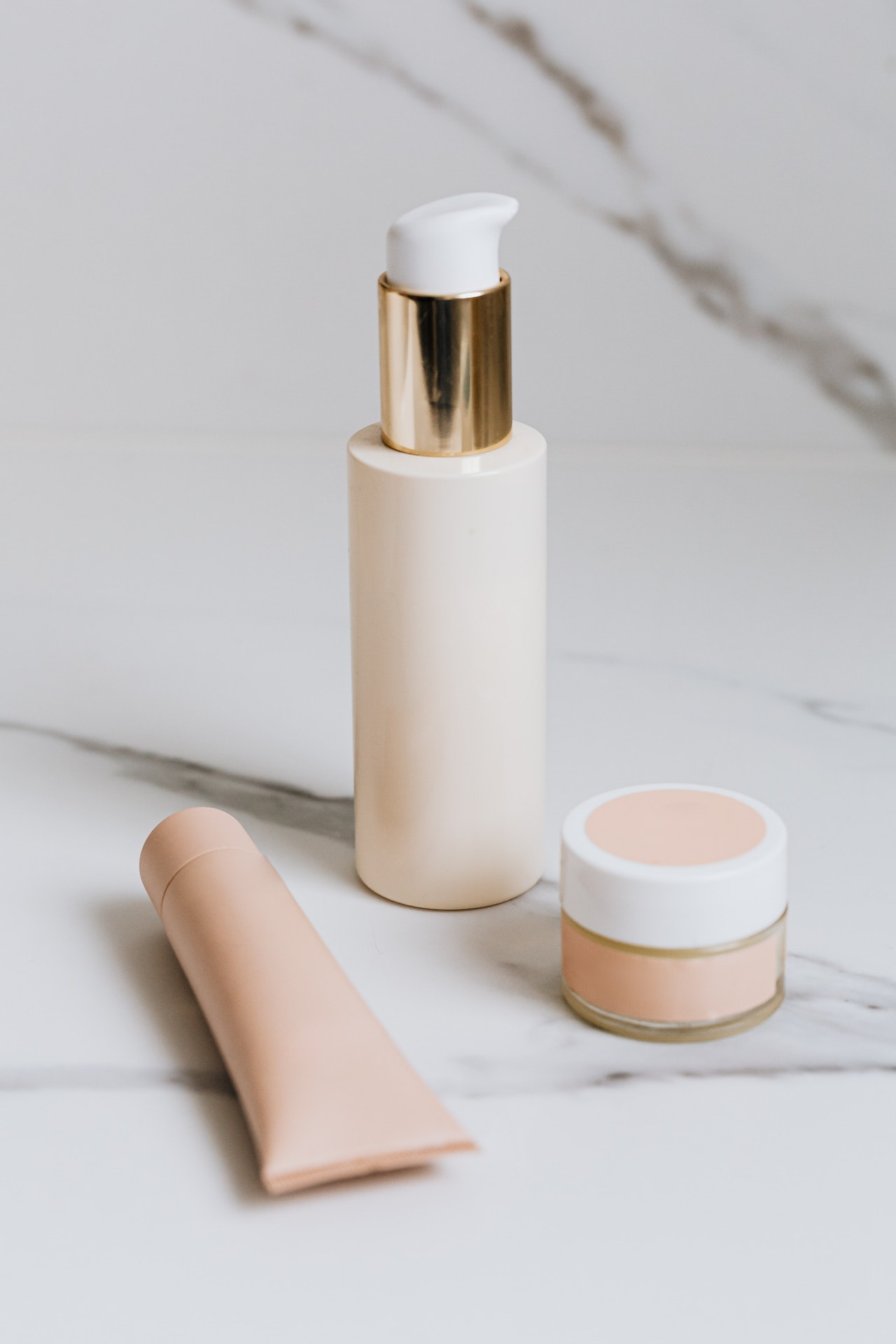Herbal Healing: Our Go-To Natural Remedies
How embracing herbal remedies improved our family’s health and brought us closer together
In our journey toward a more natural and holistic lifestyle, we discovered the incredible power of herbal remedies. Tapping into nature’s pharmacy not only enhanced our family’s well-being but also deepened our connection with each other and the environment. We found that incorporating herbs into our daily routines offered gentle, effective solutions for common ailments and fostered a sense of empowerment and self-sufficiency.
The Inspiration Behind Our Herbal Journey
Our interest in herbal healing was sparked by a desire to:
- Reduce Reliance on Over-the-Counter Medications: We wanted to minimize the use of synthetic drugs for minor health issues.
- Embrace Natural Solutions: Seeking remedies with fewer side effects and a holistic approach to wellness.
- Educate Ourselves and Our Children: Learning about plants and their benefits became an exciting family project.
Family Moment: A visit to a local herb garden introduced us to the diversity and potential of medicinal plants, igniting our passion for herbal healing.
Our Favorite Herbal Remedies
Here are some of the herbal remedies that have become staples in our household:
1. Chamomile for Calming and Sleep
- Uses: Soothes anxiety, aids digestion, promotes restful sleep.
- How We Use It:
- Chamomile Tea: A nightly ritual to unwind before bedtime.
- Chamomile Baths: Adding dried chamomile flowers to bathwater for a relaxing soak, especially helpful for the kids after an active day.
2. Ginger for Digestion and Immunity
- Uses: Eases nausea, supports digestion, boosts immune function.
- How We Use It:
- Ginger Tea: Fresh ginger slices steeped in hot water with a touch of honey.
- Cooking: Incorporating ginger into stir-fries, soups, and smoothies.
3. Echinacea for Immune Support
- Uses: May reduce the duration of colds and support immune health.
- How We Use It:
- Echinacea Tincture: At the first sign of a cold, we take a few drops diluted in water.
- Herbal Tea Blends: Combining echinacea with other herbs for a wellness boost.
4. Lavender for Relaxation
- Uses: Alleviates stress, promotes sleep, soothes minor skin irritations.
- How We Use It:
- Aromatherapy: Diffusing lavender essential oil in the evenings.
- Lavender Sachets: Placing them under pillows or in drawers for a calming scent.
5. Peppermint for Energy and Digestion
- Uses: Relieves headaches, supports digestion, boosts alertness.
- How We Use It:
- Peppermint Tea: A refreshing drink after meals.
- Inhalation: Sniffing fresh peppermint leaves or essential oil for a quick energy lift.
6. Calendula for Skin Care
- Uses: Soothes minor cuts, burns, and skin irritations.
- How We Use It:
- Calendula Salve: Applied to scrapes and insect bites.
- Homemade Creams: Incorporating calendula-infused oil into lotions.
Disclaimer: While these remedies have been beneficial for our family, it’s important to consult a healthcare professional before introducing new herbs, especially for those with existing health conditions or who are pregnant or nursing.
Growing Our Own Herbs
To ensure a fresh and sustainable supply, we started a small herb garden:
- Indoor Herb Pots: Growing basil, mint, and parsley on the windowsill.
- Outdoor Garden Beds: Planting perennials like lavender and echinacea.
- Family Activity: Gardening became a cherished hobby, teaching the kids about plant life cycles and responsibility.
Family Moment: Harvesting herbs together and using them in our remedies created a tangible connection between nature and wellness.
Learning and Educating Together
We embraced herbal healing as a family learning experience:
- Herbal Workshops: Attending local classes to expand our knowledge.
- Books and Resources: Reading about herbal traditions and modern applications.
- Creating a Herbal Journal: Documenting our experiences, recipes, and observations.
Family Moment: Each child chose an herb to research and present to the family, fostering confidence and communication skills.
Incorporating Herbs into Daily Life
Beyond remedies, we integrated herbs into various aspects of our routine:
- Culinary Uses: Enhancing meals with fresh herbs for flavor and nutrition.
- Natural Cleaning Products: Using herbal infusions and essential oils in homemade cleaners.
- Self-Care Rituals: Herbal baths, steams, and massages for relaxation and rejuvenation.
Benefits We Experienced
Health Improvements
- Fewer Minor Illnesses: Noticed a reduction in colds and digestive issues.
- Enhanced Well-being: Felt more balanced and energetic.
Emotional and Mental Growth
- Empowerment: Gained confidence in managing minor health concerns naturally.
- Mindfulness: Became more attuned to our bodies and needs.
Strengthened Family Bonds
- Quality Time: Shared experiences in gardening, preparing remedies, and learning.
- Shared Values: United in a holistic approach to health and wellness.
Challenges and How We Overcame Them
Skepticism and Safety Concerns
Challenge: Initial doubts about the effectiveness and safety of herbal remedies.
Solution:
- Research: Consulted reputable sources and professionals.
- Caution: Started with gentle, well-known herbs and used them appropriately.
Time and Effort
Challenge: Preparing remedies and maintaining a garden required commitment.
Solution:
- Scheduling: Incorporated activities into our routine.
- Simplification: Focused on a few key herbs rather than overwhelming ourselves.
Tips for Exploring Herbal Remedies
- Start Slowly: Introduce one herb at a time to understand its effects.
- Consult Professionals: Seek guidance from herbalists or healthcare providers.
- Educate Yourself: Use reputable books and resources.
- Quality Matters: Use high-quality, organic herbs whenever possible.
- Involve the Family: Make it a collective journey for shared benefits.
Our Go-To Herbal Recipes
1. Soothing Herbal Tea Blend
- Ingredients:
- 1 part chamomile flowers
- 1 part peppermint leaves
- 1 part lemon balm
- Instructions:
- Mix herbs and store in an airtight container.
- Steep 1 teaspoon per cup of hot water for 5-7 minutes.
- Family Moment: Enjoying this tea together in the evenings became a calming ritual.
2. Homemade Herbal Salve
- Ingredients:
- 1 cup olive oil
- 1/2 cup dried calendula flowers
- 1/4 cup beeswax
- 10 drops lavender essential oil
- Instructions:
- Infuse Oil: Combine olive oil and calendula in a jar; let sit for 2 weeks, shaking daily.
- Strain Oil: Remove flowers from the oil.
- Melt Beeswax: In a double boiler, combine infused oil and beeswax until melted.
- Add Essential Oil: Stir in lavender oil.
- Pour and Cool: Transfer to tins or jars and let solidify.
- Uses: Apply to minor cuts, scrapes, and dry skin.
Family Moment: Making salve together was a fun, hands-on project that everyone could participate in.
Looking Ahead
Our journey into herbal healing continues to evolve:
- Expanding Our Garden: Planning to grow more diverse and exotic herbs.
- Deepening Our Knowledge: Studying herbalism more formally.
- Sharing with Others: Hosting small workshops or sharing remedies with friends and neighbors.
Interested in exploring herbal remedies? We’ve created a “Beginner’s Herbal Remedies Guide” featuring essential herbs, their uses, and simple recipes to help you get started on your own herbal journey.
Download Your Free Herbal Remedies Guide Here
We’d love to hear about your experiences with herbal healing or answer any questions you may have. Let’s continue to grow and prosper together by embracing nature’s gifts!




